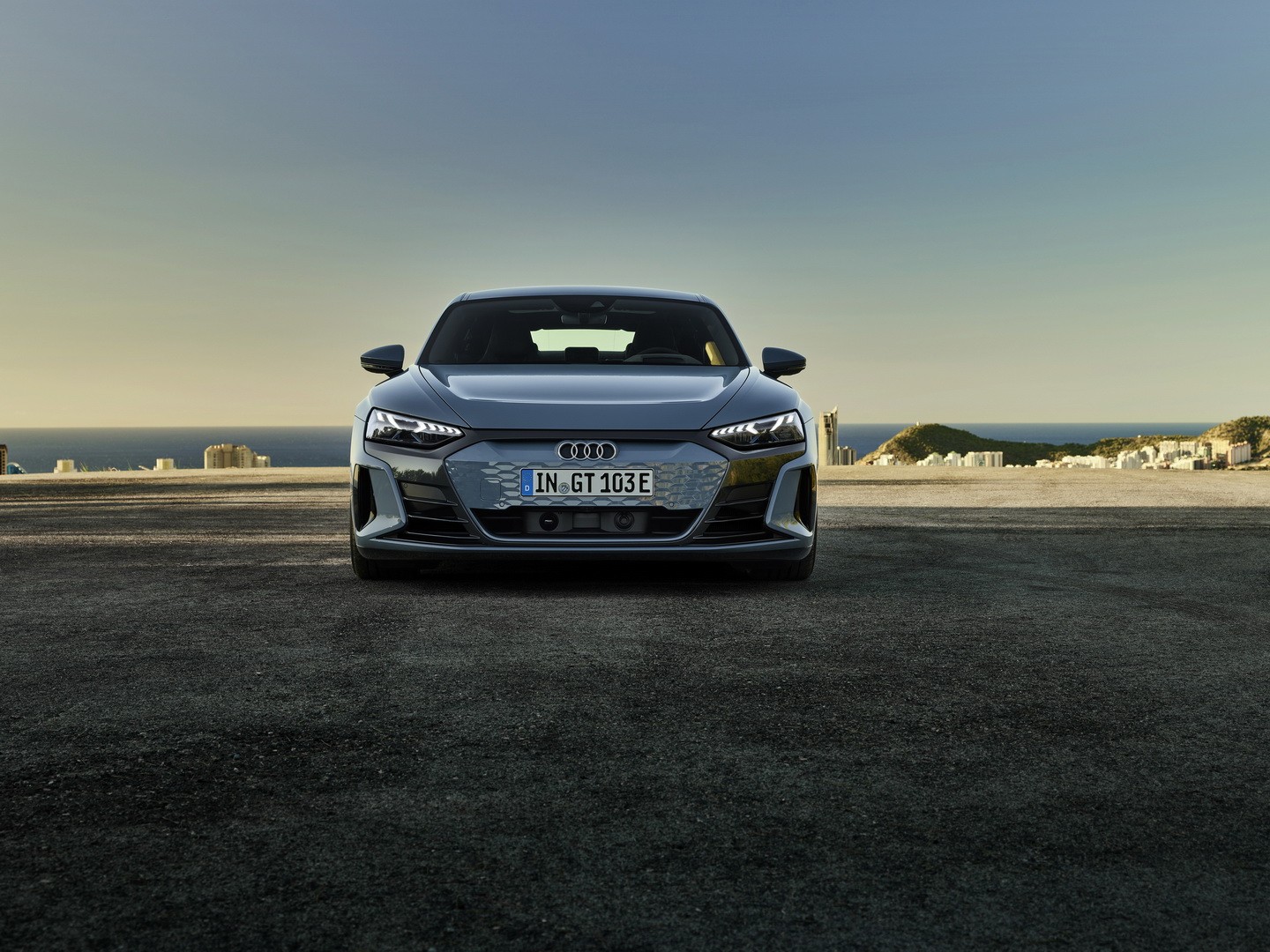Despite advancements like complex AI and mind-reading tech, our way of communicating on the road is stuck in the past.
We rely on blinkers and hazard lights for “quick illegal parking” and honking for everything from “get moving” to full-on road rage.
Audi sees a future where cars ditch this primitive system and use their lights to talk to each other. Imagine vehicles sending light signals to warn about hazards or sudden stops and creating a safer and more efficient driving experience.

The company is also revamping car communication for the modern age. Their engineers are ditching the outdated system of blinkers and honking and instead want cars to literally talk to each other. This quest for better on-road communication starts with a seemingly simple upgrade: taillights. Their upcoming electric SUV, the Q6 e-Tron, features world-first taillights that can communicate with other drivers.
How it works remains to be seen, but Audi’s vision is clear: using car lights to broadcast important messages and make roads safer for everyone.
How it all works
The real magic is in these taillights. Audi programmed them to display two bright triangles, one on each side, to warn the following drivers. These triangles light up based on real-time traffic data – if the Q6 detects a stopped car or an accident ahead the triangles come on.
They’ll also activate if the Audi detects a car approaching too fast, if the driver makes an emergency call and turns on hazards, or even prepares to get out of the car.

The two triangles are like a universal language for drivers. They light up for various situations: stopped cars or accidents ahead, a tailgater closing in too fast, or even if the driver makes an emergency call or uses the hazard lights.
There’s a special display for self-parking, too – two open-bottomed triangles to warn others that the Audi might be parking without the driver physically behind the wheel. Audi considered hundreds of symbols before settling on the triangles.
They explored snowflakes for icy roads, but they were too confusing. A red hand like a crosswalk signal was also rejected because people misinterpreted it. Words and letters were a no-go as well.

